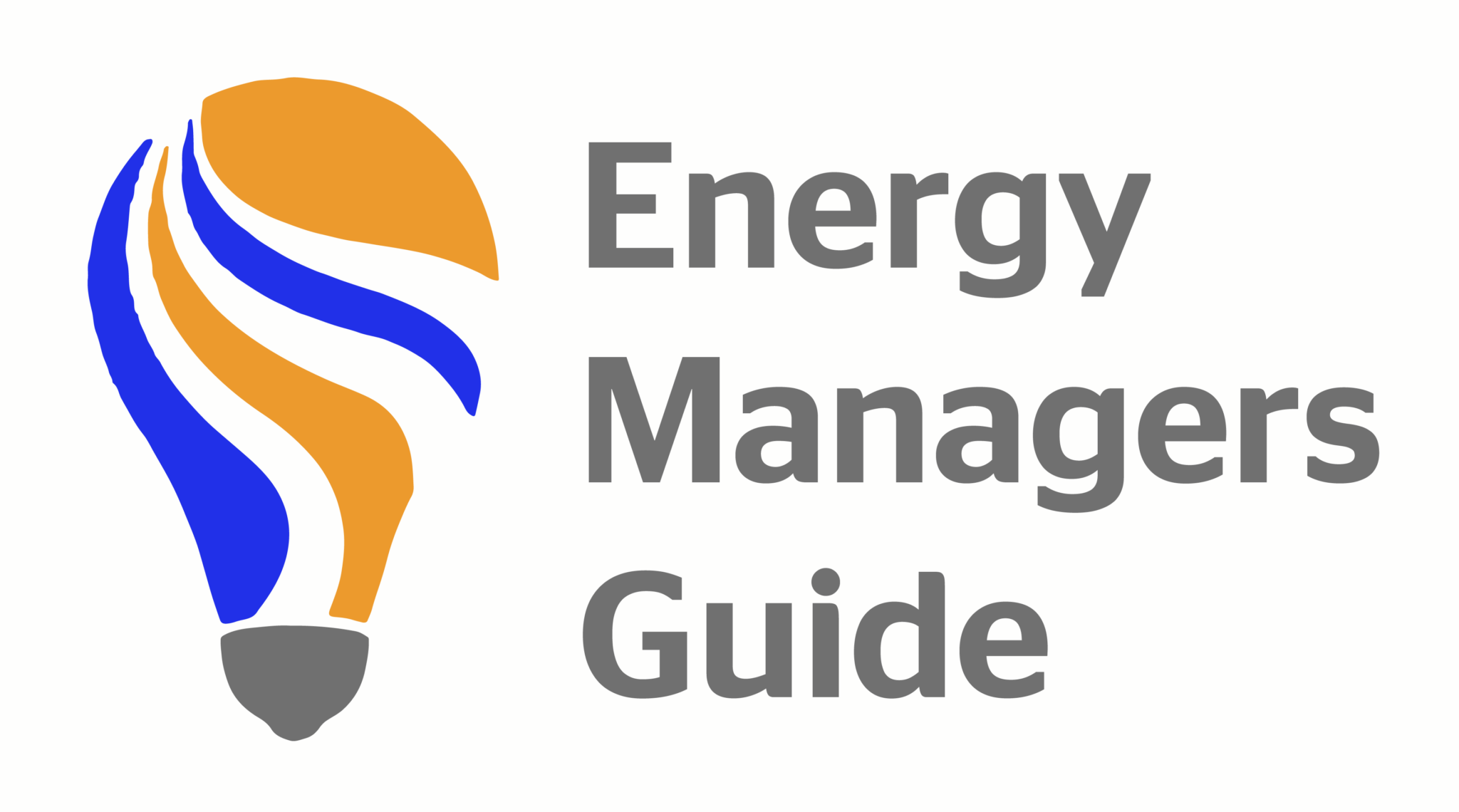Selecting an appropriate energy management system (EMS) is key for organisations across the UK aiming to reduce their energy consumption, comply with environmental regulations, and improve their operational efficiencies. An EMS helps track, analyse, and manage the energy usage within a building or organisation, providing significant financial and environmental benefits.
Here is a comprehensive guide to choosing the right EMS in the UK:
Understanding Your Needs
The first step in selecting an EMS is to assess your specific needs:
Energy Goals
Define what you want to achieve, such as reducing energy costs, complying with UK energy regulations like the Energy Savings Opportunity Scheme (ESOS), or achieving certifications like ISO 50001.
Scale of Operations
Consider the size of your facilities and the complexity of your energy systems. Larger organisations with multiple sites might need a more robust system than smaller businesses.
Current Energy Usage
Analyse your current energy consumption to understand where improvements can be made. This analysis will guide the features you need in an EMS.
Key Features to Look for
An effective energy management system (EMS) should include several key features to ensure optimal performance and usability.
Real-time monitoring capabilities are important, as they help to quickly identify and rectify excessive energy usage. It is also essential to look for systems that offer comprehensive analytics tools capable of generating detailed reports that provide insights into energy usage patterns.
Compatibility and integration are also worth looking out for; the EMS must integrate seamlessly with your existing hardware and software systems and be compatible with all major utility meters and HVAC systems prevalent in the UK. Additionally, scalability is vital for accommodating future expansion as your business grows or as your energy strategies evolve.
Lastly, a user-friendly interface is pivotal for efficient system operation, enabling users to easily navigate through various features without needing extensive training.
Compliance and Standards
Be sure to choose an EMS that helps you comply with UK and EU regulations:
- Regulatory Compliance: Ensure the EMS meets the standards required for UK energy regulations, which can help in fulfilling statutory compliance and avoiding penalties.
- Data Security: Given the sensitivity of energy data, the EMS must have robust security features to protect against data breaches.
Different Types of Energy Management Systems Available
Energy management systems come in various forms, each suited to different operational needs. These range from simple monitoring tools to sophisticated control mechanisms.
Key types include:
- Basic Monitoring Systems: Ideal for small-scale operations, focusing on tracking energy usage data.
- Building Energy Management Systems (BEMS): Specifically designed for property energy management with more comprehensive control capabilities.
- Advanced EMS: Integrated systems offering real-time analytics and automation for large-scale operations.
By examining case studies from organisations in the UK that have successfully implemented these systems, you can gain deeper insights into the diverse benefits and operational enhancements an EMS can provide.
Vendor Evaluation
When evaluating potential EMS vendors, several factors should be taken into account.
First, consider the experience and reputation of the vendors – look for those with a strong track record and expertise in implementing EMS in organisations similar to yours. This can provide reassurance that they understand the nuances of your specific requirements.
Secondly, take a look at the level of support and training offered by the vendor. Ensure that they provide comprehensive training and support services, which are essential for the successful deployment and operation of the system.
Lastly, consider the total cost of ownership, which includes the initial purchase, installation, training, and ongoing operational costs. Comparing these costs among different vendors will help you find the most cost-effective solution for your needs.
Implementation and Beyond
Once you’ve selected an energy management system (EMS), you’ll naturally need to oversee and manage its proper implementation so as to achieve optimal performance.
This process begins with the professional installation of the system by experienced technicians, so that all components function correctly.
Following installation, you should then organise comprehensive training sessions for all relevant staff. This step empowers your team with the knowledge and skills needed to effectively manage the EMS, along with regular audits of the system’s performance.
The latter help identify any areas needing adjustments and ensure that the EMS continues to operate efficiently, maintaining energy efficiency throughout its use.
Conclusion
Choosing the right EMS for your organisation involves a detailed understanding of your energy needs, a thorough evaluation of available systems, and a strategic implementation plan. By carefully selecting an EMS, UK businesses can enhance their energy efficiency, reduce costs, and move towards a more sustainable operational model.







